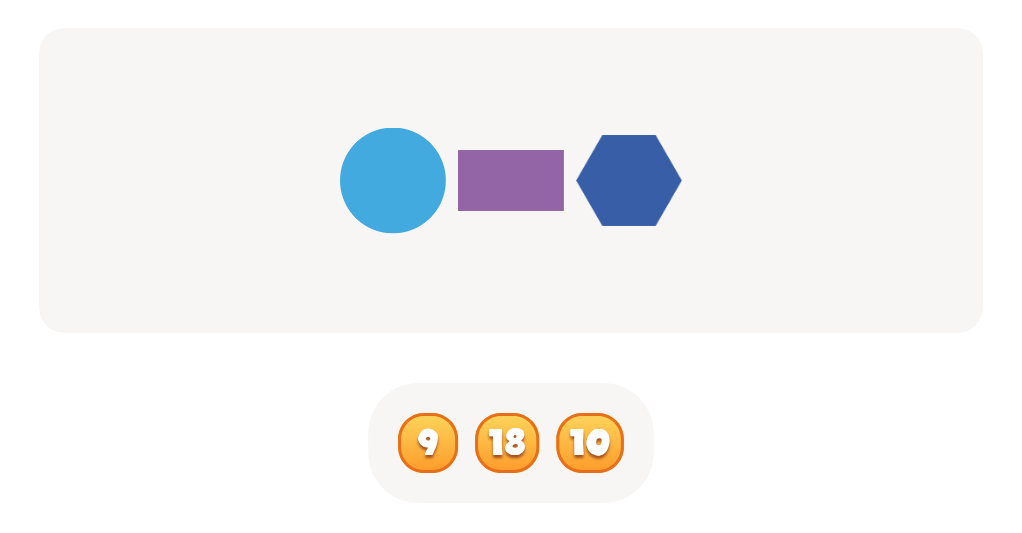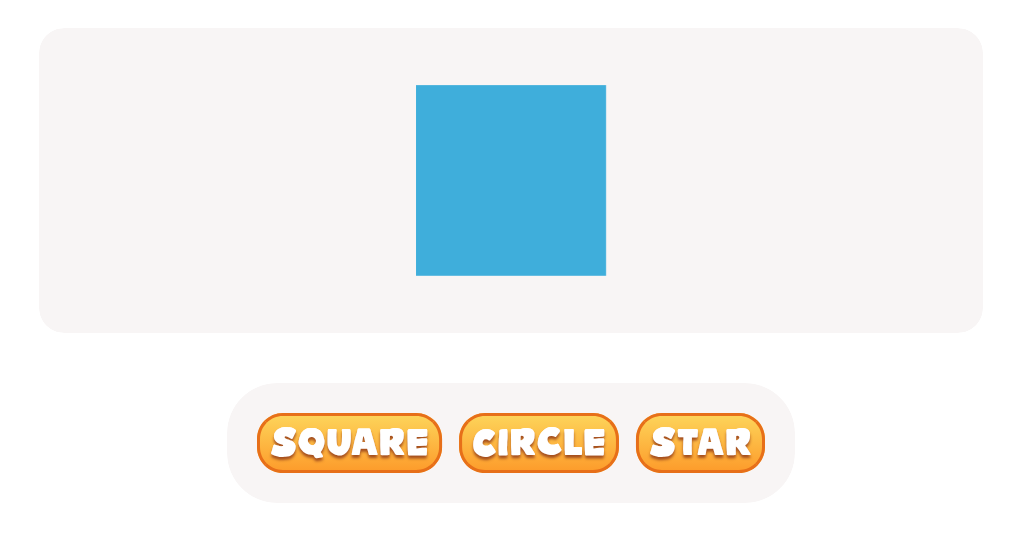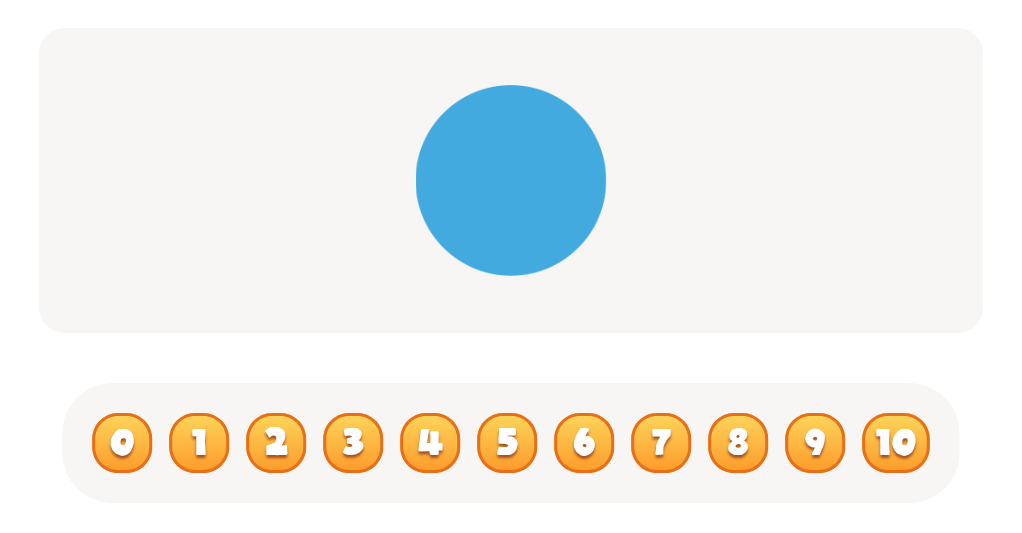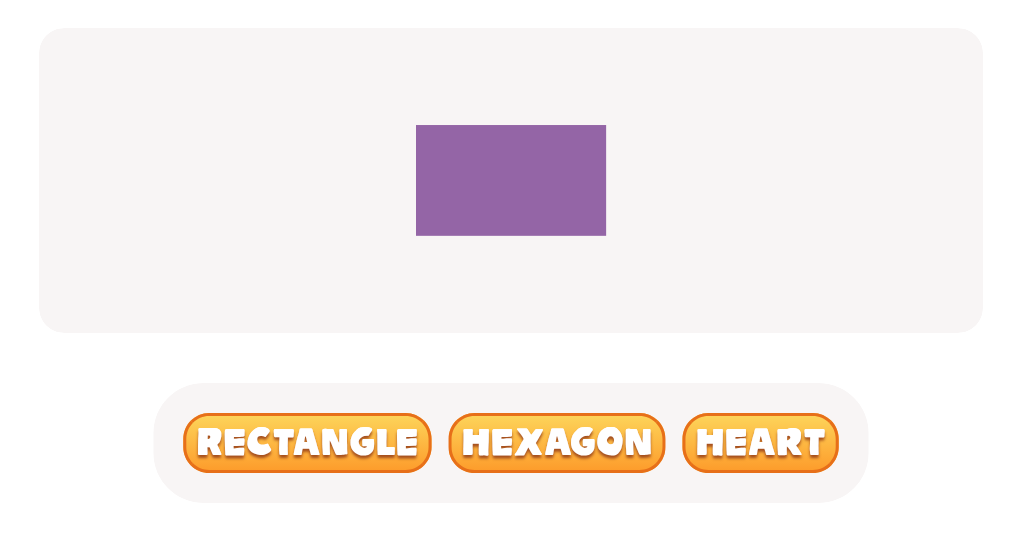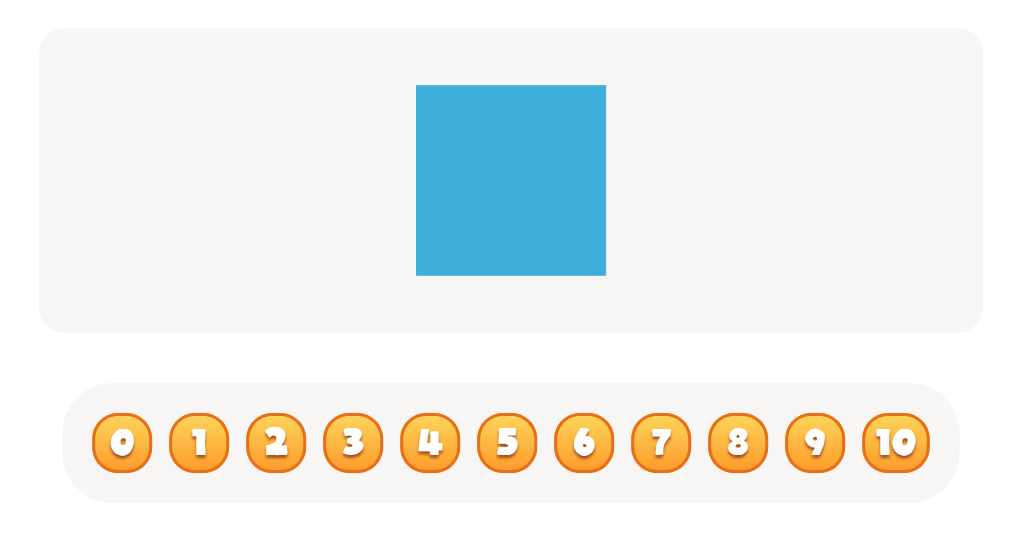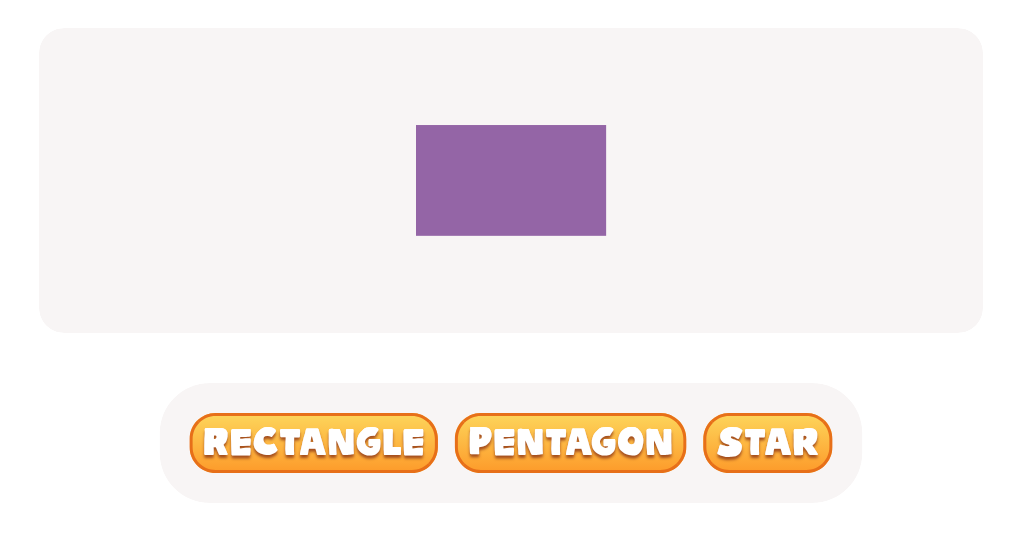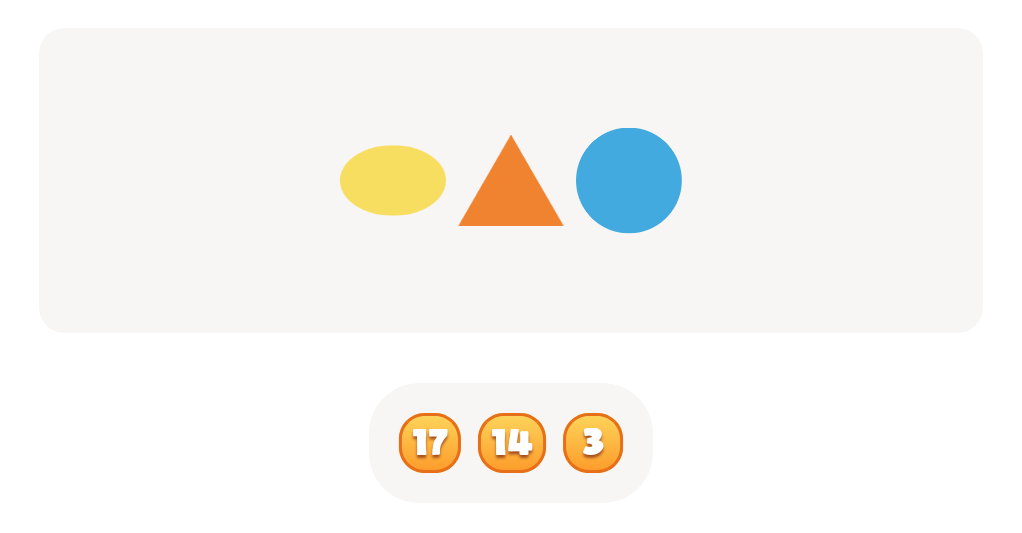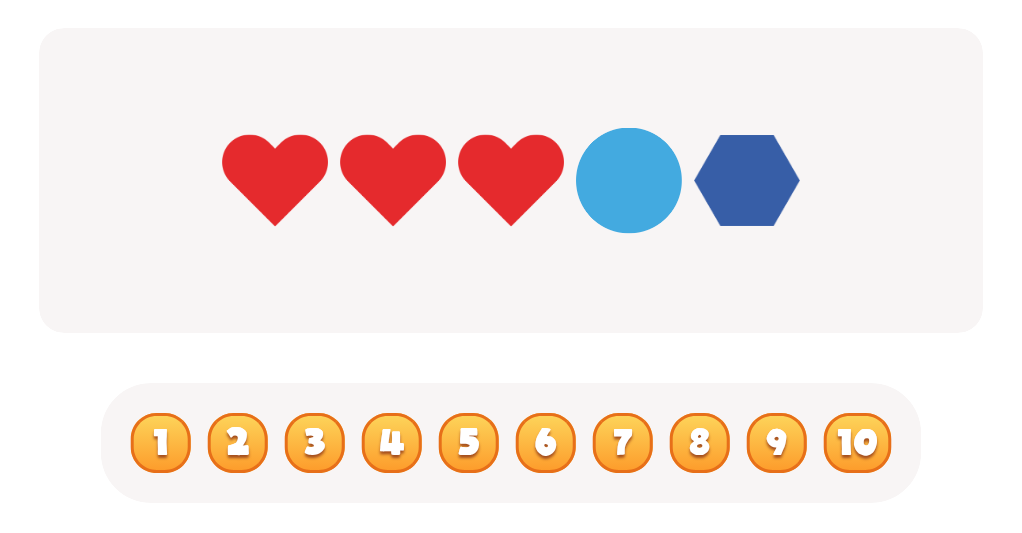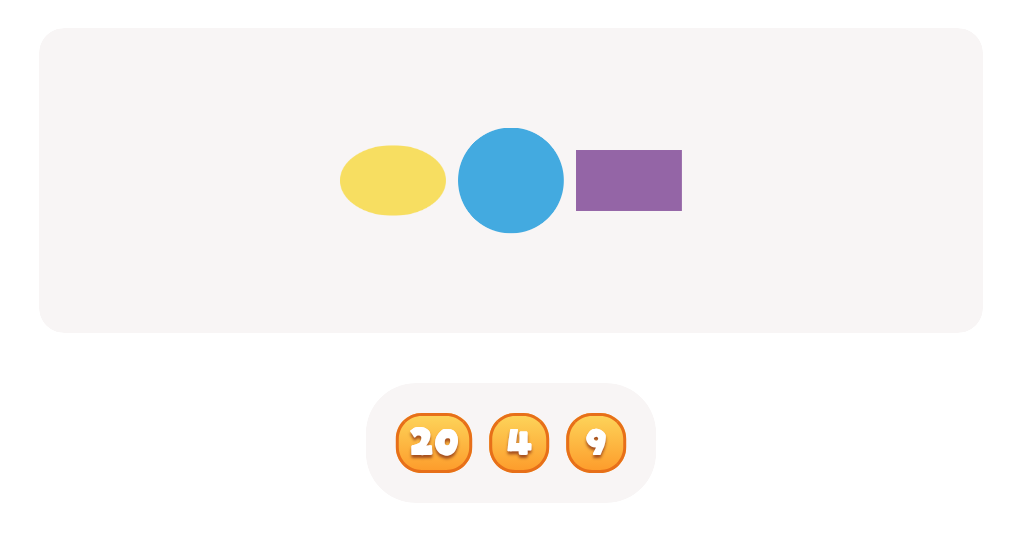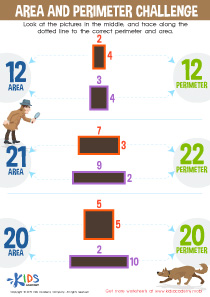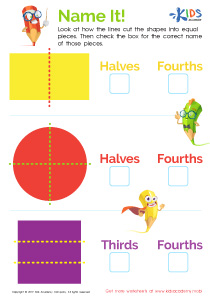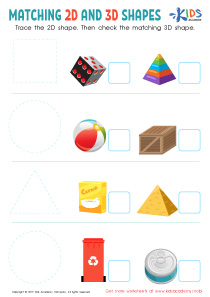Reading comprehension 2D Shapes Worksheets for Ages 5-8
4 filtered results
-
From - To
Enhance your child's learning experience with our engaging Reading Comprehension 2D Shapes Worksheets designed for ages 5-8! These worksheets seamlessly blend reading skills with geometric understanding, helping young learners recognize and describe various 2D shapes while developing essential comprehension abilities. Each activity features fun illustrations and relatable contexts that captivate children's interest and encourage exploration. As they read through engaging questions and scenarios, kids will deepen their knowledge of shapes such as circles, squares, and triangles while boosting their vocabulary and critical thinking skills. Perfect for at-home learning or classroom settings, these worksheets make learning both effective and enjoyable!
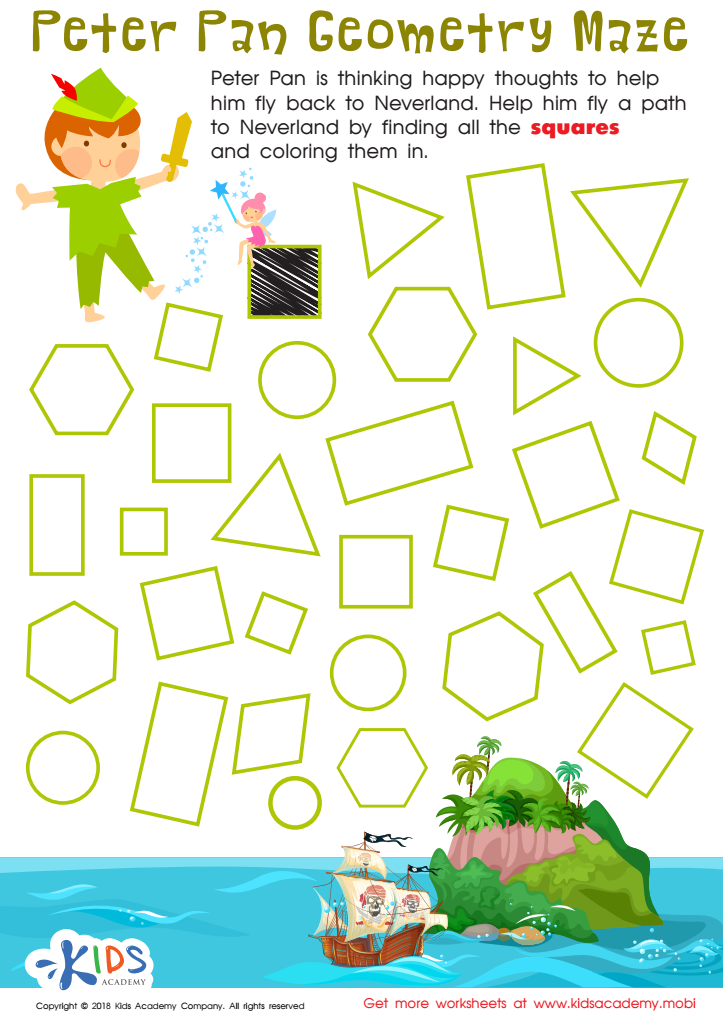

Peter Pan Worksheet
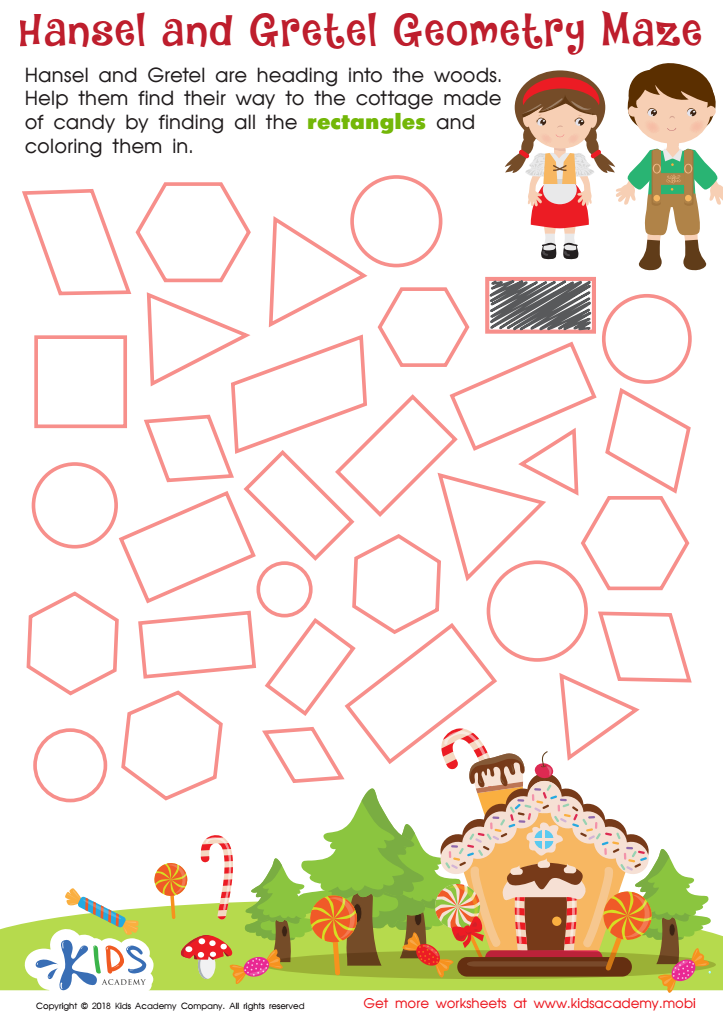

Hansel and Gretel Geometry Maze Worksheet


Geometry: part 1 Worksheet
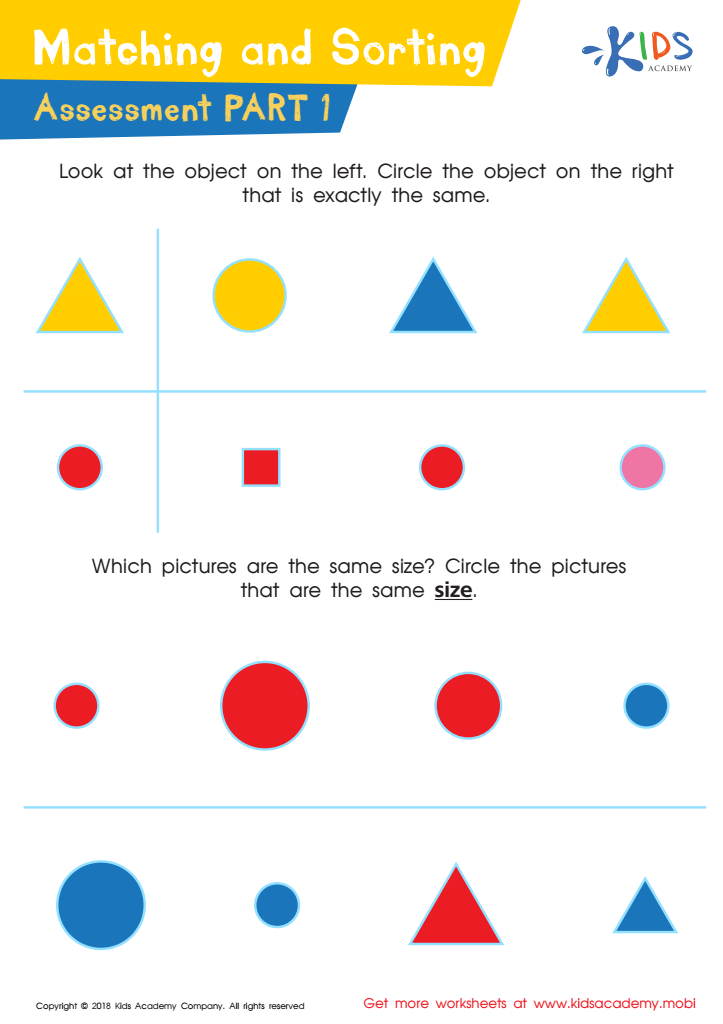

Matching and Sorting for Kindergarten: Assessment 1 Worksheet
Reading comprehension and understanding 2D shapes are crucial skills for children aged 5-8, and both should be prioritized by parents and teachers. At this age, children are developing foundational literacy and mathematical skills that will support their overall academic growth. Reading comprehension allows children to understand and derive meaning from texts, enabling them to connect ideas and expand their vocabulary. It promotes critical thinking and enhances their ability to communicate effectively.
Simultaneously, learning about 2D shapes—such as squares, circles, and triangles—introduces important mathematical concepts. Recognizing shapes and understanding their properties help children develop spatial awareness and problem-solving skills. These concepts are not only foundational for more advanced mathematics but are also applicable in everyday life, influencing how children perceive the world around them.
Moreover, integrating reading comprehension with shape recognition facilitates interdisciplinary learning—children can engage with storybooks featuring shapes or participate in activities that combine reading with hands-on shape exploration. This holistic approach fosters curiosity and engagement, making learning enjoyable. By emphasizing these skills, parents and teachers help children build confidence, which is essential for their future educational endeavors and lifelong learning.
 Assign to My Students
Assign to My Students
